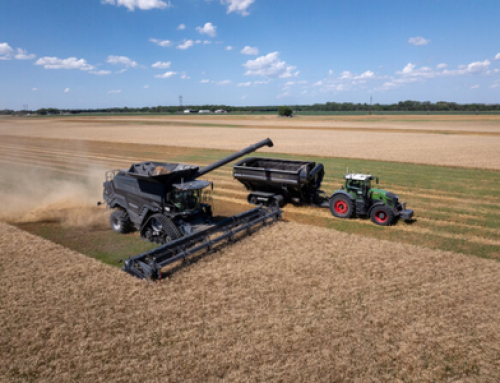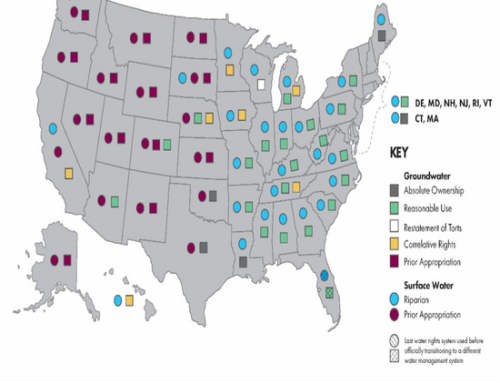History repeats itself, not least in agricultural cycles. As we enter a lower-margin environment, decisions about input use become more pivotal. Herein lies the value of precedent, specifically the 2012/13 market downturn, for understanding how row crop farmers in the U.S. will react to lower agri commodity prices, and how that will impact the agricultural inputs industry.
For each input – fertilizers, seeds, crop protection, machinery, and land – local growers face local decisions. But, collectively, clear patterns emerge that provide useful insights into the demand elasticity and input producers’ pricing power in these categories.
This paper discusses these interactions, exploring the responsiveness of input volume and price to farm profitability in the US, forming a view on how the current downturn will impact the input marketplace this year and next. The task is easier for input categories such as machinery, where farm profitability is clearly in the driver’s seat.
Determining the impact of a downturn is more difficult for other categories, which must, to varying degrees, accommodate the influence of energy prices, geopolitics, intellectual property, and agronomic considerations.
*Farm machinery is a hard asset that can be maintained, and new purchases can be deferred as needed. Machinery is thus the most income-elastic of the major farm input categories. While income influences demand for both new and used equipment, only used equipment retailers respond with meaningful price adjustments. For the year ahead, look for new equipment sales volumes to fall in the vicinity of 15%, with further declines on the way for 2025.
*Fertilizer expenditures also exhibit a great deal of elasticity. Lower fertilizer prices typically shoulder the bulk of changes in expenditure, but farmers may also adjust volumes by making deposits or withdrawals into a farm’s fertility bank. The lever impacting fertilizer volumes is affordability – a function of both grain and fertilizer prices, which tend to move in tandem but are also impacted by wholly independent factors. For the year ahead, affordability will improve but a drop in US corn acreage means total fertilizer use will be flat.
*The stickiness of seed prices (which rise when times are good and plateau when profitability falls) over the past 20 years masked an inner-dynamism. Seed spending increased markedly with corn revenues through the late aughts as growers adopted GMOs, but has stabilized since. Increased seeding rates have offset lower prices from expiring patents, at least in the case of corn. With patents expired, seed production costs now dictate price, suggesting farmers should see some relief next year. As another input that has seen patents expire in recent decades, crop protection shares similar price and purchase volume dynamics to seeds.
*As the biggest expense and asset for most operations, land holds special importance among input categories. Rents reflect the health of the farmland market and the land’s ability to generate revenue. Land rent agreements are generally multiyear contracts and, therefore, changes in land costs are not reflected immediately upon a move in commodity prices. Although stable this year, precedent indicates rents, and sales values, will begin falling in 2025.



